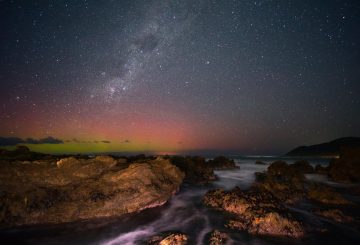웰링턴 동물원은 성장하는 기린 가족을 위해 더 큰 집을 짓고 있습니다.2006년에 지어진 이후 처음으로 기린 인클로저를 확장한 것입니다.지난주에 시작된 이 프로젝트는 2주 이내에 완료될 것으로 예상됩니다.
새로운 공간은 니아라는 생후 4개월 된 아기와 부모님, 일요일에 20세가 되는 증조모 자하라 (Zahara) 를 포함하여 기린 가족의 증가하는 요구를 수용하기 위해 조성되고 있습니다.웰링턴 동물원의 크리스 제람 (Chris Jerram) 은 이번 확장을 통해 동물 관리 팀이 점점 더 복잡해지고 역동적인 무리를 관리할 수 있는 공간이 늘어날 것이라고 말했다.
동물원은 정원 공간 확장과 기린 조련사 제작 등 소규모 개선에 약 40만 달러를 지출했습니다.Jerram은 동물 서식지는 보통 10년마다 업그레이드해야 하며, 현재 기린 서식지는 거의 20년이 되었다고 말했습니다.
무게가 1톤이 넘고 키가 5미터가 넘는 동물을 위한 집을 짓는 것은 어려운 일이었습니다.설계에는 더 큰 철골 구조물, 문 및 기타 요소가 필요하므로 기린의 크기를 고려해야 합니다.
또한 동물원은 공사 기간 동안 기린이 이 공간에서 계속 살 수 있도록 해야 했습니다.제람은 그 집에 살면서 집의 절반을 개조하는 것에 비유했습니다.
동물원은 2019년에 써니라는 이름의 수컷 기린을 맞이했고 사육사 애슐리 비니콤은 그에게 충분한 공간을 제공하는 것이 중요하다고 강조했습니다.그녀는 또한 기린들이 실내 공간과 난방기 같은 생물의 안락함을 즐긴다는 점도 언급했습니다.
기린 (니아, 써니, 주리, 자하라) 은 이달 말에 새 집으로 이사할 것으로 예상됩니다.이 프로젝트의 자금은 주로 펍 채리티 (Pub Charity) 에서 마련되었으며 웰링턴 시의회의 추가 지원을 받았다.




























































